June 8th, 2024: Greetings from Austin. I spent a few days at Edge Esmerelda, a pop-up city for a month. Some reflections below and various other things on my mind.
#1 A Tentative Model For Good Work
I’ve been playing with a model of “good work” for my upcoming book and have come up with something like this:
It breaks down into the following elements:
Good work: these are the core activities that give you energy. You have to do these things. They are the expression of your “inner ambition.” When you stop doing them, you feel incomplete.
Inner Ambition: This is your desire to contribute, to do things in the world. Often hacked by more default path definitions but when expressed fully, it can give your life energy and meaning
Complementary Activities: These fuel the good work and/or give energy to your life to sustain them. For me, this is things like reading, listening to podcasts, having deep conversations, exploring new worlds and ideas, and leisure
“Good Enough” Work: Work that often funds the good work. It is something you might skip if you had infinite money but does have some overlap with the work you need to feel connected to who you are. It often emerges from eliminating the “bad” work over time.
“Bad” Work: All forms of work are “good” for certain people but the bad work I’m talking about here leaves you personally cynical, depressed, uninspired, and detached from what matters to you (your inner ambition). It is risky to do over long periods because many of these “costs” are hidden in terms of how people see work (“Of course it sucks!” or “You should be grateful for that job”).
I’d love to hear your thoughts on this, especially about how you see your mix of work fitting into this framework. Also would love to find a designer who wants to make this better than my PowerPoint version!
The pre-sale for the book is live on Kindle here. Since I can’t do a print pre-sale as a self-publisher I am considering doing a special limited edition print run before I go live later this summer. Stay tuned!
#2 Pop-up Cities
I spent four days at
this week in Healdsburg, California. It’s a month-long pop-up city led by and that is bringing together several people across a wide range of technology ecosystems from around the world.I had a really good time and came away inspired to attend and possibly get involved in the future. It was organized as an unconference and they encouraged people to host events and participate in anything they’d like. I met interesting people from Finland, India, the US, Ireland, England, Thailand, and many other countries.
I also coordinated this with 4-5 close friends and realized events like this could serve as a “company retreat” for us indie workers without teammates.
There were also many parents there with young kids and that was especially inspiring. It’s hard to find events where kids are actively encouraged to attend. I wished I had stayed a bit longer and come with Angie and my daughter, it was just hard to tell how it would be with young children.
It has me thinking a lot about running similar experiments in the future for pathless folk. It could be fun to pick a place for a month and see who might want to show up.
#3 Dual Income Life & Protocols
A few years ago I was back in my hometown and was at the park with a couple I knew growing up. I jokingly asked, “What happened to the amazing playground we had?” When we were younger, many of the stay-at-home parents helped build this amazing fortress. It was massive. She turned to me and said, “Well everyone’s working now!”
I thought of this story when I saw the following chart:
You can see that the “dual-earner” setup for couples has become the most common setup. About 6 of every 10 couples in the US are both working.1
This is the de facto default path in the US.
I sense a lot of anxiety comes from this setup. As Americans, we grew up with the idea that we could have it all. And the primary way we achieve that is by optimizing around work the first 30 years of our lives.
This often “works” in a financial sense but can also be very fragile. Stepping away from work for either person in a couple can mean sacrificing lifestyle. Not to mention identity. But not learning away from work can mean a very busy kind of life if you do have kids, not to mention an expensive one.
When dual income is the default, it’s weird to do what we’re doing. My wife and are dual-working but not dual-earning. We are also both less-than-full-time workers (I work about 3 days a week, and she works about 2-3 days a week).
This leaves us with a lot of time during the week when we watch our daughter, to hang out with other people. But finding those people is hard, not to mention coordinating naps and heading out to meet others. For me, there’s also the added weirdness of the fact that most people I encounter are moms or nannies. It’s something that the Edge Esmeralda visit made me realize: being hyper-local to other parents with similar protocols and time flexibility would lead to dramatic compounding benefits. And that’s something we’re likely going to prioritize in the future.
It has me reflecting on the question:
What are the alternative protocols for designing life around work with kids that are not the dual-income or single-full-time-earner/stay-at-home parent path?
What Are The Modern Indie Family Protocols?
As part of the summer of protocols,
has a great essay on how the protocol of time shaped our behavior.The whole thing is worth reading, but the part that got my attention was the reflections on modern times:
At some point in Western history, clock time became more regular than, and increasingly separated from, the rhythms of nature. ‘
If you look at the chart above, you see this shift happened in the last 100 years. People stopped working on farms, tied to nature and became tied to the clock instead.
People’s lives became oriented around a workweek. Monday through Friday is work. Saturday and Sunday play. In the US, Angie and I embrace this schedule too. It’s the only way to be interoperable with others and have a social life.
But when it comes to work, I’ve never loved this rhythm. With writing, I like to completely lose myself no matter the day. If it’s Saturday, who cares? But if that’s the only day to hang out, it’s costly. Living in places like Taipei, Bali, and Spain where other expats had weird schedules, this worked. People rejected the protocol of the workweek and you’d find people interested in going for a hike on a Tuesday and then on a weekend, you might work a little more.
The pressure to conform to the workweek is strong. The UAE even took back half the day on Fridays to be dedicated to work (it used to be a full holiday) to align with the global rhythm of the business world. Saudi Arabia is contemplating doing something similar.
The pull is powerful and I suspect it’s shaping not only what kind of work is possible but also how we think about work. As Huang points out, “Modern industrial society is built on minutes, hours and seconds, defined regularly and mathematically—and it has entirely shaped our patterns of comprehension.”
How much about the way we think, and what we can even imagine, has been shaped by this reality to which we submit ourselves?
How much creative work is held back by trying to jam it into a workweek?
How much more satisfaction in ways of living is stifled by building life around a non-stop work year with 2-3 weeks for vacation?
Huang leaves the essay asking for answers, supposing that, “Perhaps we could evolve a multiplicity of differentiated timekeeping systems for different ends, rather than sticking to this one for all our activities.”
I love this prompt. It has me thinking.
Will the default workweek dominate even more?
Will we fragment into alternative workweeks?
Will some people start looking at life through the lens of work months and work years? Embracing the seasons?
I don’t have any answers but it’s certainly fun to think about.
#4 Agency As A Skill
I interviewed
on my podcast after her article on how she developed a capacity for agency in her 30s. I was caught by her introductionI was a Supreme Court advocate and the number one female poker player in the world; started art and perfume companies; and led operations at Alvea, a pandemic medicine company I co-founded, when it set the record for the fastest startup to take a drug to clinical trials. All of these things I did in my 30s.
We went through six of the things she covers in the article in much more depth:
Court Rejection
Seek real feedback
Increase your surface area of luck
Assume everything is learnable
Learn to love the moat of low status (my personal favorite)
Don’t work too hard (also a fav.)
The convo was really fun. The video went out at 14 minutes so I suggest the audio:
#5 Reads
Letting Go of Ambition: Calvin Rosser writes some of my favorite essays on reimagining life and work. I’m aggressively subtly encouraging him to write a book.
He just put out a long essay on “Letting Go of Ambition.” It’s really good. Here’s a quote that I liked:
If I have any ambition these days, it has no specific aim. Rather, it’s an orientation toward living fully, without really knowing what that means, that is helping me let go of all of the false ambitions that have driven me up to this point.
Going At Your Own Pace:
had a nice piece on “breaking from the pace of the net.” I’ve been feeling a similar pull too. I’ve slowed my podcast and my newsletter, choosing not to monetize them, and will likely post a little more sporadically. I want to write and share when I have something worth saying.I also want to prioritize building my life around writing books. For a long time, the central anchor of my work was a weekly newsletter, which I shipped every Saturday. Now, I feel pulled to orient around a ship-a-book-every-18-months schedule. It’s slower, more contemplative, and involves reading more books, not essays, and I’m slowly steering the cruise ship that is my life in that new direction.
Hey! Thanks for reading…
I am not sure how you ended up here but might have stumbled upon me through my writing or podcasting on our relationship to work, a topic that has interested me for years.
If you don’t enjoy the writing, I strongly encourage you to unsubscribe below. There’s so much good stuff on the internet!! A reminder: I don’t check unsubscribe alerts and never look at my subscriber list. So if you feel like unsubscribing, you can do so below.
But if you do want to stick around:
If you’d like to meet others on “pathless paths”, you can join The Pathless Path Community
Buy or listen to my book, The Pathless Path. If you’d like to do a bulk order you can do that here for a discount.
You can buy pathless path swag like a hat or shirt here
Subscribe to my podcast and leave a review.
Home Swapping: We’ll likely be using Kindred a bit this summer. It’s a pretty cool home-swapping alternative to Airbnb. If you want to join, use my signup code.
5.5% Savings: Use this link to get 5.5% on your savings on Wealthfront and increase your runway on your pathless path
Affiliates: In addition, I recommend all of the following services: Ali Abdaal’s YouTube Course, Collective for setting up an S-Corp in the US (recommended >$60k revenue), Riverside.fm for HD podcasting, Descript for text-based video editing, Transistor for podcast hosting, Podia or Teachable for courses, Skystra for WordPress Hosting, and Circle for running a community.
Submissions: Want to share your journey with my audience? I accept drafts for submission.
Probably worth noting here that the % of couples in the US has also fallen dramatically, so this is not the full picture


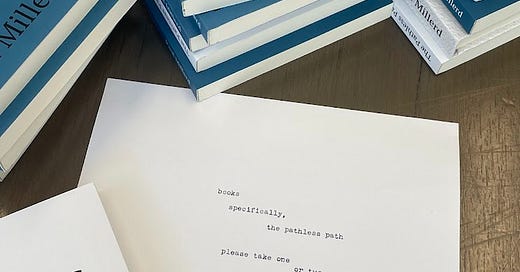



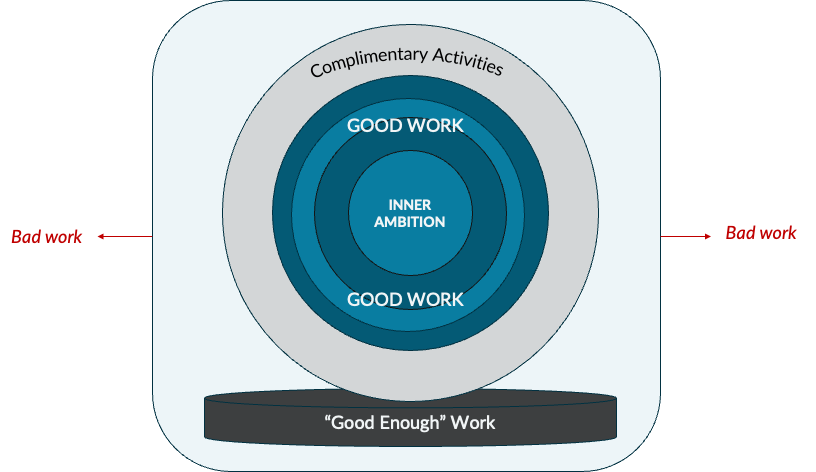
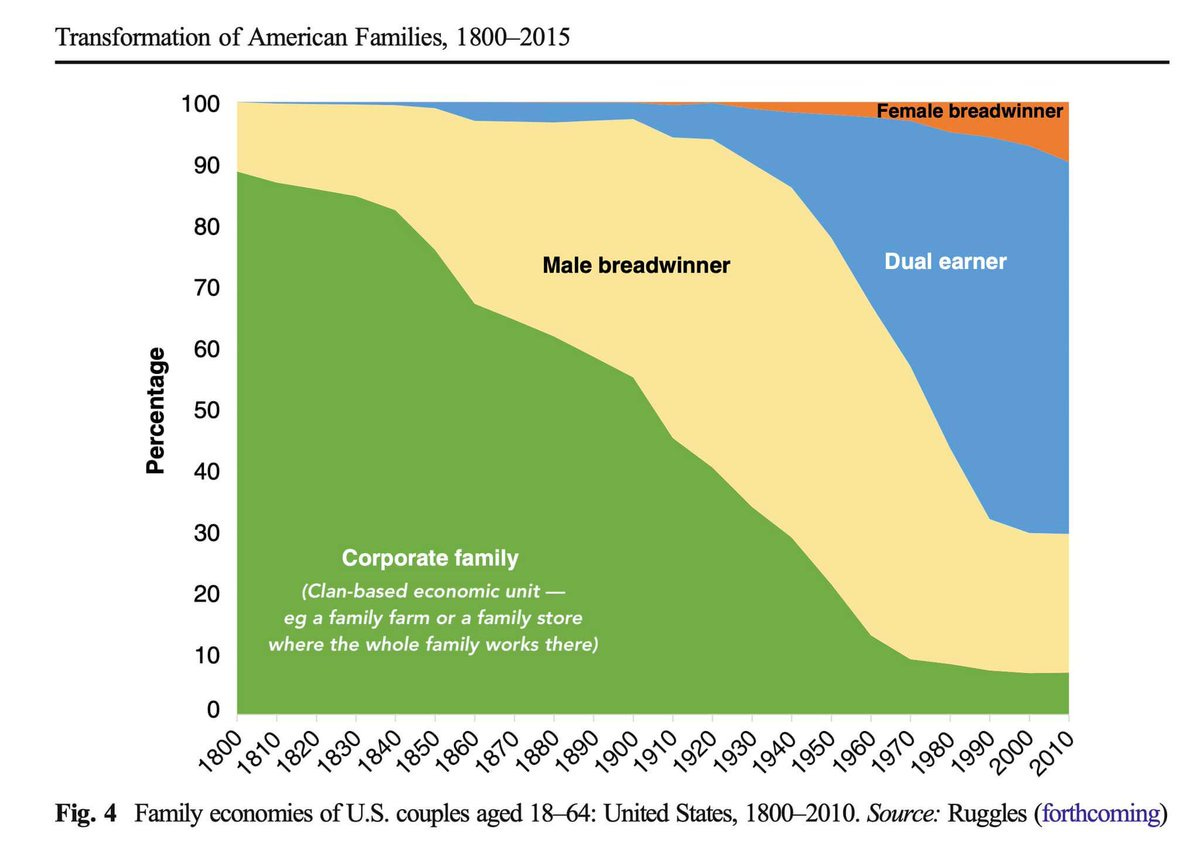






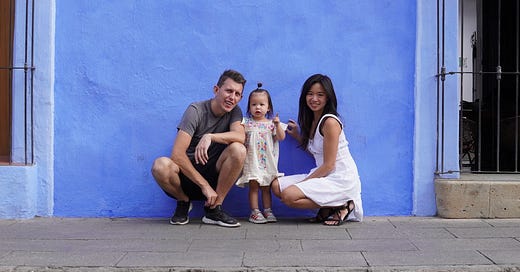

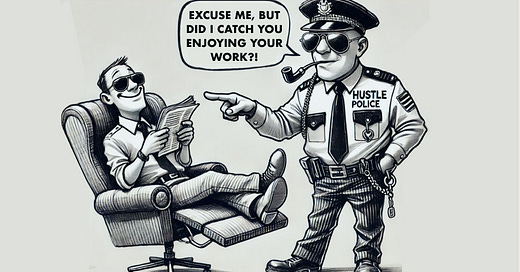

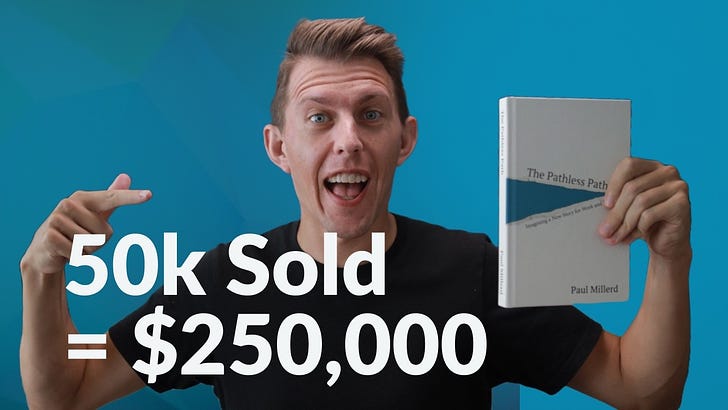

Your model is more a comparison than an evolution.
In visualising ideas like this, concentric circles are commonly used to show evolution or a pyramid
Matrix and embedded triangles are common ways to show comparisons
When I saw your model, it wasn’t clear how what you wrote fits with the visual.
Cate Hall’s agency as a skill post inspires me to write my own https://open.substack.com/pub/secondvoyage/p/bite-size-lessons-to-be-more-agentic?utm_campaign=post&utm_medium=web
Will give listen to the podcast, thanks Paul!